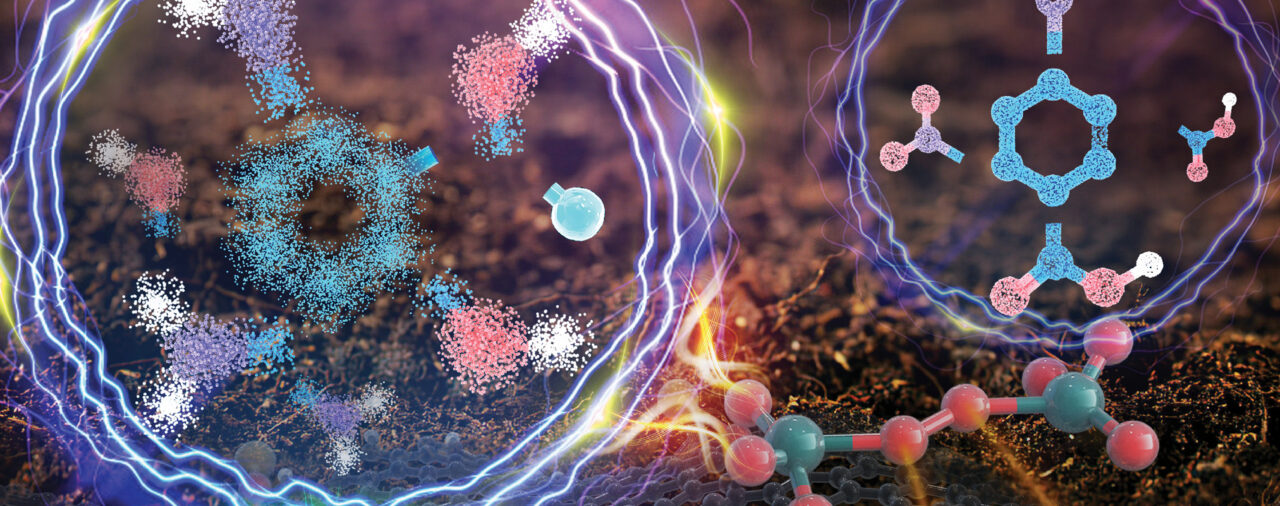Rainwater & TapWater abstract

It is hypothesized that environmental contamination by per- and polyfluoroalkyl substances (PFAS) defines a separate planetary boundary and that this boundary has been exceeded. This hypothesis is tested by comparing the levels of four selected perfluoroalkyl acids (PFAAs) (i.e., perfluorooctanesulfonic acid (PFOS), perfluorooctanoic acid (PFOA), perfluorohexanesulfonic acid (PFHxS), and perfluorononanoic acid (PFNA)) in various global environmental media (i.e., rainwater, soils, and surface waters) with recently proposed guideline levels.
On the basis of the four PFAAs considered, it is concluded that (1) levels of PFOA and PFOS in rainwater often greatly exceed US Environmental Protection Agency (EPA) Lifetime Drinking Water Health Advisory levels and the sum of the aforementioned four PFAAs (Σ4 PFAS) in rainwater is often above Danish drinking water limit values also based on Σ4 PFAS; (2) levels of PFOS in rainwater are often above Environmental Quality Standard for Inland European Union Surface Water; and (3) atmospheric deposition also leads to global soils being ubiquitously contaminated and to be often above proposed Dutch guideline values.
It is, therefore, concluded that the global spread of these four PFAAs in the atmosphere has led to the planetary boundary for chemical pollution being exceeded. Levels of PFAAs in atmospheric deposition are especially poorly reversible because of the high persistence of PFAAs and their ability to continuously cycle in the hydrosphere, including on sea spray aerosols emitted from the oceans. Because of the poor reversibility of environmental exposure to PFAS and their associated effects, it is vitally important that PFAS uses and emissions are rapidly restricted.
SUBJECTS:
By
-
- Ian T. Cousins*
-
- Jana H. Johansson
-
- Matthew E. Salter
- Bo Sha
-
- Martin Scheringer
Source and more on : ACS Publications






